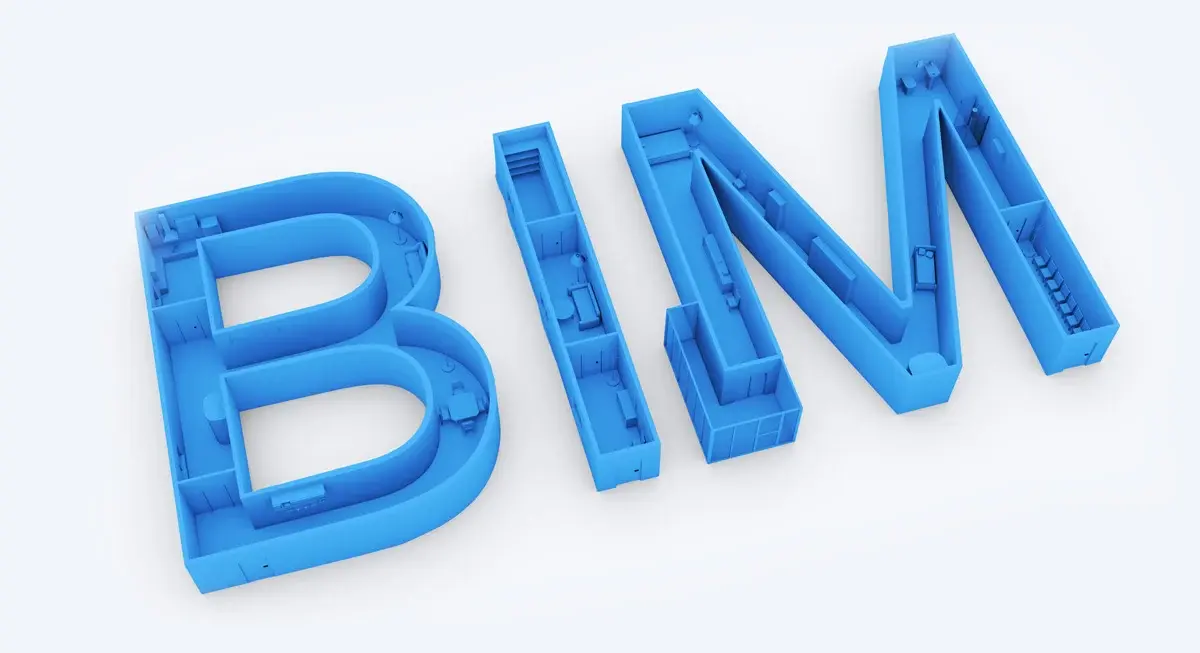.png)
According to the recent workforce statistics by Career Outlook, about 101,200 architectural drafters were working in the U.S., with around 10,700 annual job openings projected between 2018 and 2028. Similarly, individuals interested in career options such as architectural historian jobs can benefit from understanding how resumes differ between technical design and historical documentation.
This article presents resume-building insights across formatting, examples, skills to highlight, and pitfalls to avoid.
What Makes a Strong Architectural Technician Resume?

A strong architectural technician resume is well-organized, keyword-optimized, and focused on technical output. Key components include:
- Experience Section: Focus on contributions, tools used, and project outcomes, especially where you saved time, improved accuracy, or supported large-scale builds.
- Education & Certifications: Include academic degrees, diplomas, or certifications such as Revit Certification, AutoCAD training, or OSHA credentials.
- Professional Skills: These are soft and transferable skills like time management, precision, and problem-solving, detailed further below.
- Portfolio & Link: Always include a hyperlink to a project portfolio or samples of technical drawings.
Every section must reflect clarity and consistency to impress hiring managers, especially in fields overlapping with architectural historian jobs or technical research roles.
Top Architectural Technician Resume Examples
Here are two sample resumes aligned with common hiring expectations, adapted to fit the current 2025 formatting, and tailored with achievements and a clear structure:
Example 1: Senior Architectural Technician
Emily Nader
498 Candida Brooks, Boston, MA · +1 (555) 411‑5072
Work Experience:
Senior Architectural Technician | Chicago, IL | 09/2015 – Present
- Implemented CAD standards across 5+ projects, increasing drafting consistency by 25%.
- Led Revit-based BIM coordination for multiple healthcare facilities, reducing errors by 30%.
- Mentored junior technicians in NBS software and CAD drafting, boosting team efficiency.
Architectural Technician | Boston, MA | 09/2011 – 03/2015
- Prepared AutoCAD drawings compliant with UK/NHBC Building Regulations.
- Ensured adherence to Health & Safety/CDM guidelines on residential builds.
- Managed document workflows using proprietary Redrow DMS.
- Implemented new ideas and methods, and continued to seek ways of both improving contribution to the organisation’s goals and enhancing the reputation of the company
Junior Architectural Technician | Chicago, IL | 11/2008 – 04/2011
- Produced detailed working drawings using Revit and AutoCAD with high technical accuracy.
- Conducted quality checks to eliminate drawing inconsistencies and errors pre-release.
- Responsible for the correctness and ‘absolute accuracy’ of their drawing work (Revit/CAD), quality, layout, and notes
- Literate in the use of Revit and Autocad, and experienced in the use of NBS Builder, would be beneficial
Education & Certification:
Engineer’s Degree in Architecture | East Carolina University (2003 – 2008)
Certified in Revit, AutoCAD, and BIM coordination best practices.
Technical Skills:
AutoCAD, Revit, SketchUp, Photoshop, NBS Builder, CAD/BIM standards, technical detailing, site coordination.
Soft Skills:
Time management, document control, accuracy in detailing, and team communication.
Example 2: Mid‑Level Architectural Technician
Jordan Lee
123 Maple Lane, Seattle, WA · +1 (555) 223‑7890
Work Experience:
Architectural Technician | Seattle, WA | 06/2019 – Present
- Drafted and reviewed 50+ working drawings for a 60k ft² academic building.
- Coordinated MEP integration in BIM models using Navisworks, improving clash detection by 40%.
- Standardized CAD layers and templates across project teams, reducing redundancies by 20%.
Junior Architectural Technician | Tacoma, WA | 01/2017 – 05/2019
- Supported senior architects with Revit/BIM documentation for municipal buildings.
- Created presentation renderings via SketchUp and Photoshop, supporting client approvals.
- Assisted in implementing CAD/BIM standards and quality assurance checks.
Education & Certification:
Diploma in Architectural Technology | Seattle Tech Institute (2014 – 2016)
Revit Certified, Bluebeam proficiency, OSHA 30‑hr Certification.
Technical Skills:
Revit, AutoCAD, Navisworks, SketchUp, Bluebeam, BIM coordination, technical detailing, CAD standards.
Soft Skills:
Problem-solving, collaboration, attention to detail, and the ability to follow specifications.
For those planning future transitions, obtaining an architectural historian degree can help develop research and academic writing abilities needed in heritage and conservation fields.
Which Skills Are Most Important to Highlight for Technician Roles?

To strengthen your architectural technician resume, emphasize a mix of technical and soft skills that reflect your capability to draft, collaborate, and execute precise construction documentation.
Top Technical Skills to Include:
- BIM coordination and modeling
- AutoCAD & Revit drafting
- Construction detailing and documentation
- Site layout and zoning compliance
- Blueprint and specification interpretation
- Clash detection using Navisworks
- 3D modeling (SketchUp, Rhino)
Key Soft Skills to Showcase:
- Attention to detail – crucial for error-free technical drawings
- Problem-solving – essential in resolving design and site issues
- Time management – balancing multiple drafting deadlines
- Communication – documenting changes clearly and professionally
- Adaptability – handling software updates and project changes
Many of these skills are also essential in the career path for architectural historian. For example, precision, documentation, and compliance review are core architectural historian skills, especially for those asking how to become architectural historian or exploring architectural historian certification.
If you're applying for architectural historian jobs, a well-balanced skills section ensures you're seen as a job-ready professional. The average architectural historian salary in the U.S. is approximately $59,000/year. Those considering the shift should be interested to know this to negotiate their salary appropriately.
Tips To Help Your Resume Stand Out to Employers
To make your architectural technician resume competitive in 2025, follow these top resume tips:
1. Tailor Every Resume to the Job
Scan architectural historian job description ads for keywords like “AutoCAD,” “drawing revisions,” or “Revit modeler.” Incorporate them naturally.
2. Use Measurable Achievements
Instead of writing “worked on construction drawings,” say “prepared 50+ permit-ready construction sets for urban housing.”
3. Keep Formatting Simple
Use clear fonts and a single-column layout. Avoid over-designing.
4. Include a Project Portfolio Link
Online portfolios or downloadable PDFs are expected in most technician applications.
5. Highlight Transferable Skills
If you're exploring roles in history or conservation, mentioning skills needed to be an architectural historian, like documentation, research, and analysis, can boost your resume value.
You may find additional career satisfaction by understanding “who is an architectural historian” and what credentials are needed.
What Common Mistakes Should You Avoid

Avoid these resume missteps that can hinder your application:
1. Vague Job Descriptions
Replace generic lines like “assisted with drawings” with detailed bullet points and the tools used.
2. Overloading with Technical Jargon
Stick to essential terms. Avoid listing every CAD software version ever used.
3. Outdated Content
Ensure everything is updated. Remove skills from outdated tools or old project types that no longer apply.
4. Omitting Soft Skills
Forgetting to include architectural technician resume skills like communication or collaboration can make you seem purely technical, not team-focused.
Whether applying for jobs for architectural historians or looking into “where do architectural historians work,” such as museums or preservation bodies, formatting and clarity matter just as much as experience.
Conclusion
A winning architectural technician resume in 2025 should be focused, tailored, and results-driven. Including both technical and soft architectural technician resume skills is essential.
Those considering a future in historical design or research should also understand how to become architectural historian, the required architectural historian certification, and what does an architectural historian do.
Whether you're interested in CAD documentation or the career path for architectural historian, it all starts with a sharp, customized resume.
Explore the BIM Course for Architects by Novatr to upskill your architectural career.
Visit our resource page to explore more resources and expert guidance on advancing your career.
Was this content helpful to you



.jpg)




.png)

.jpg)
